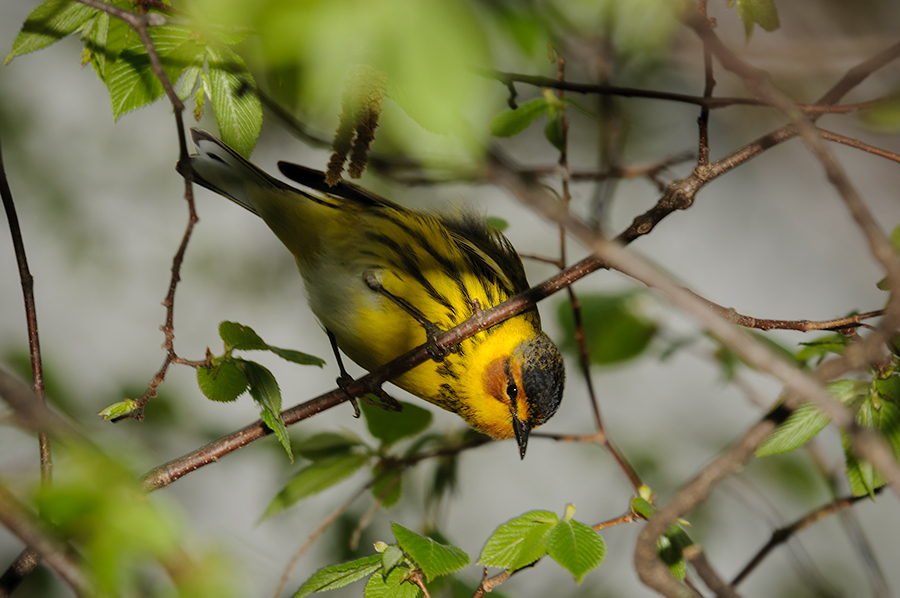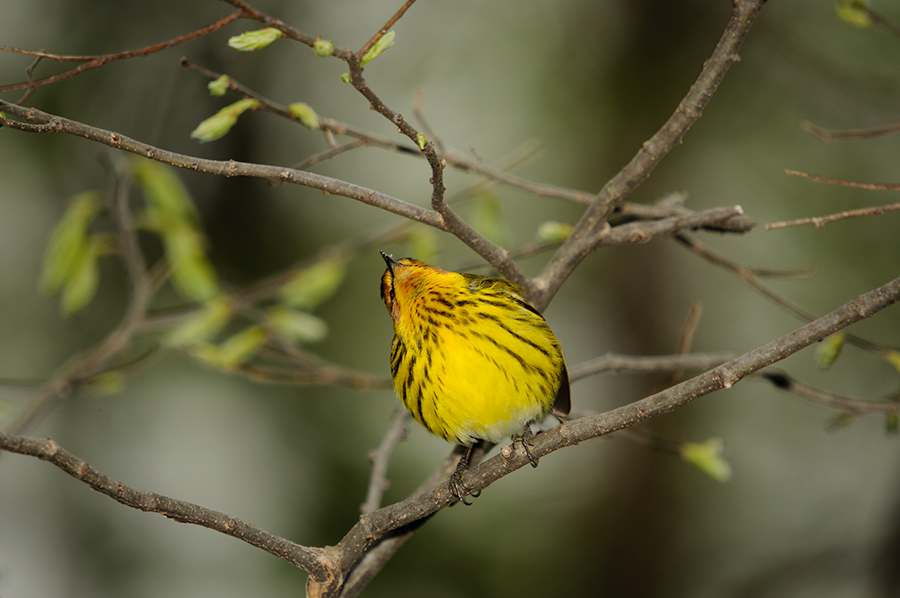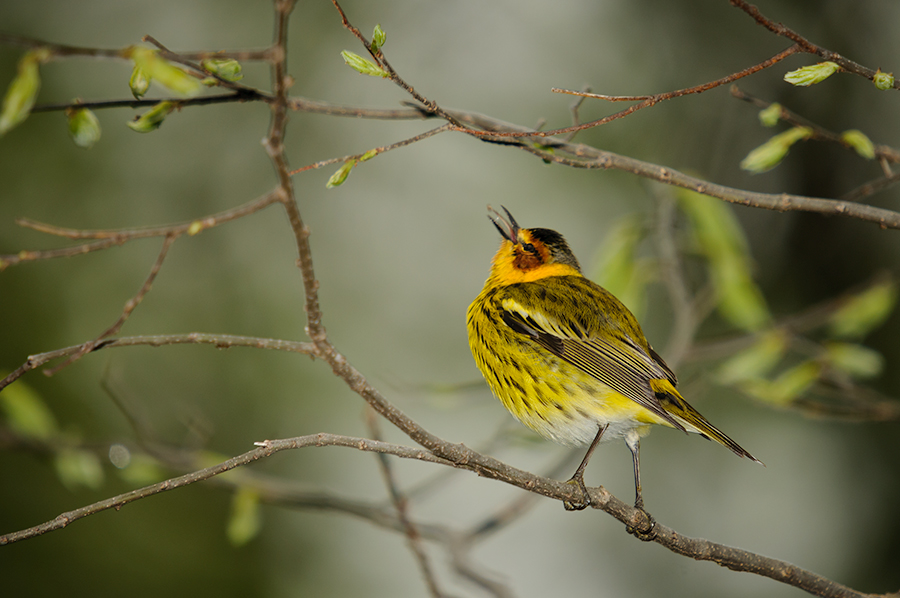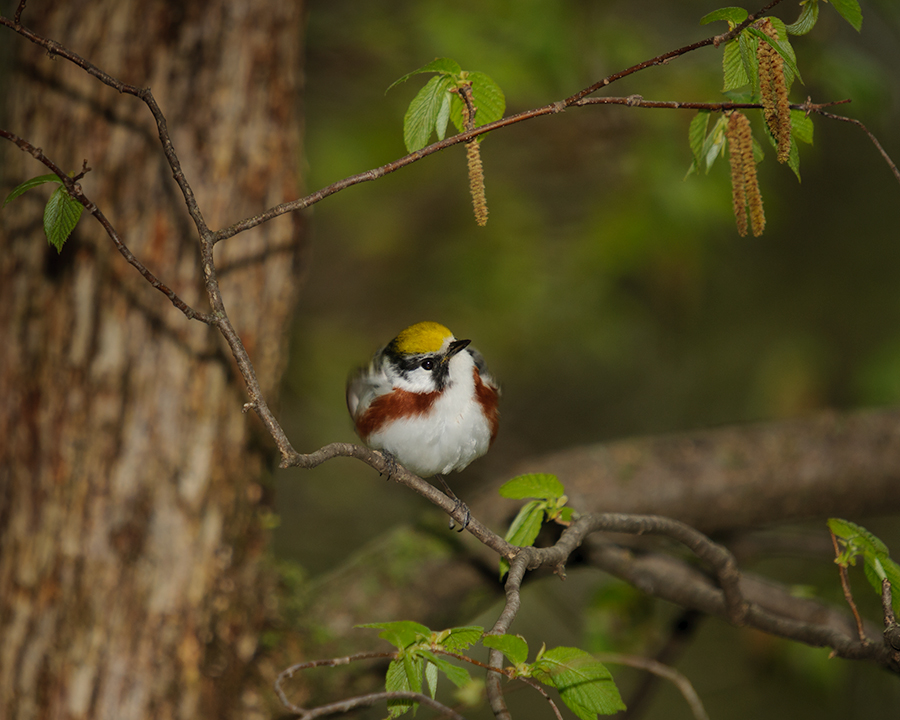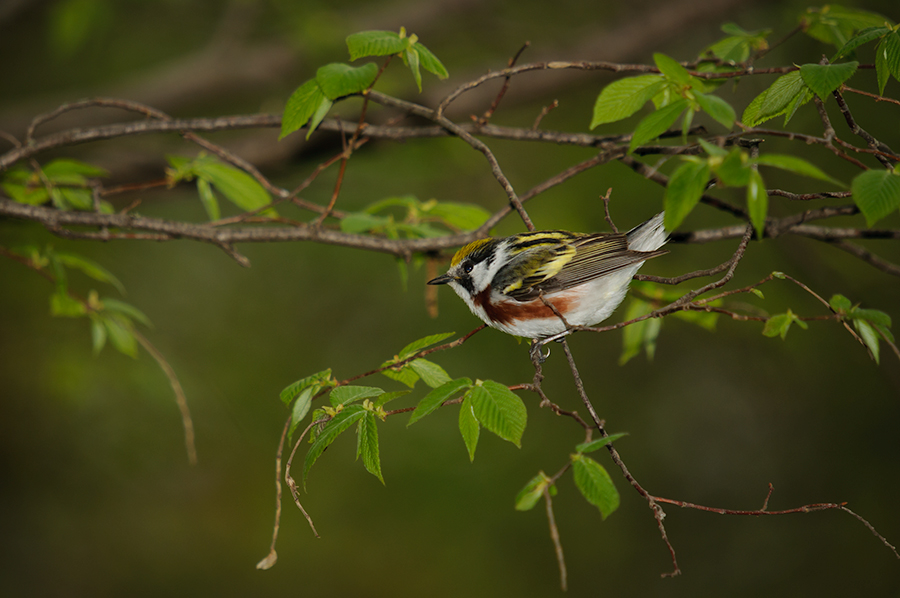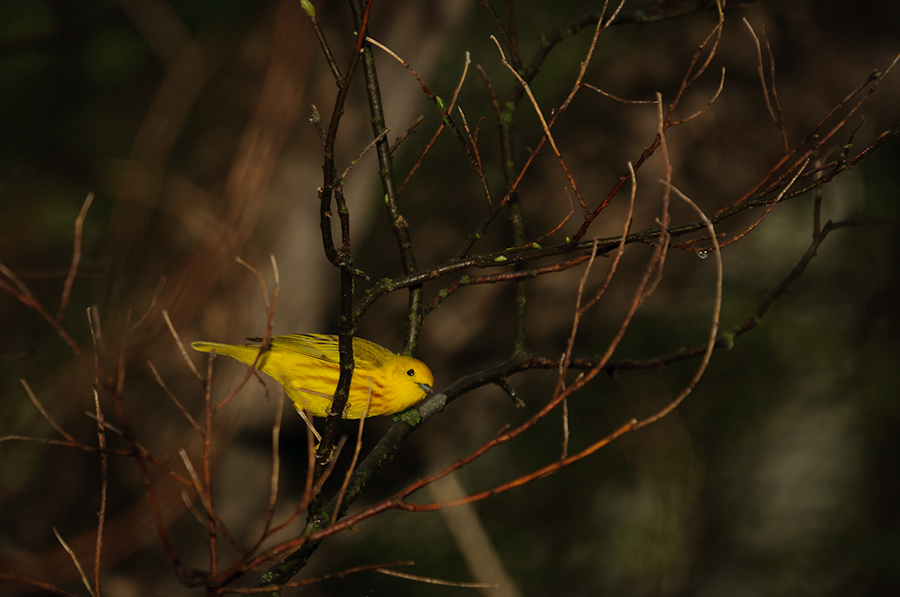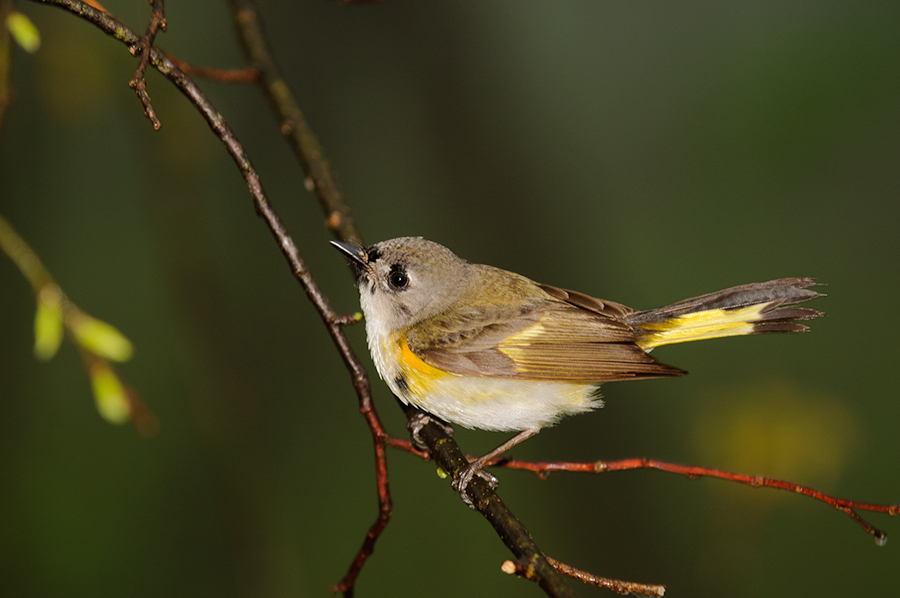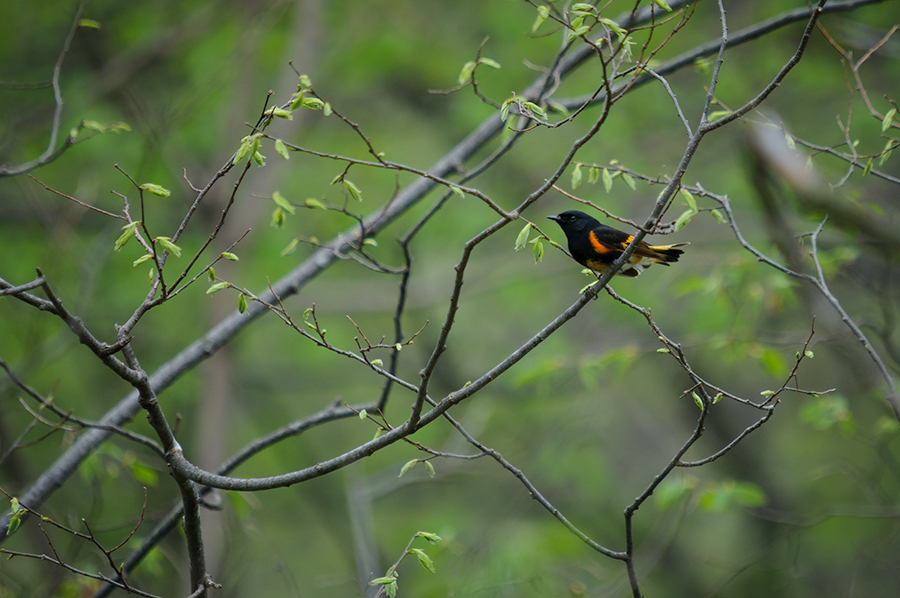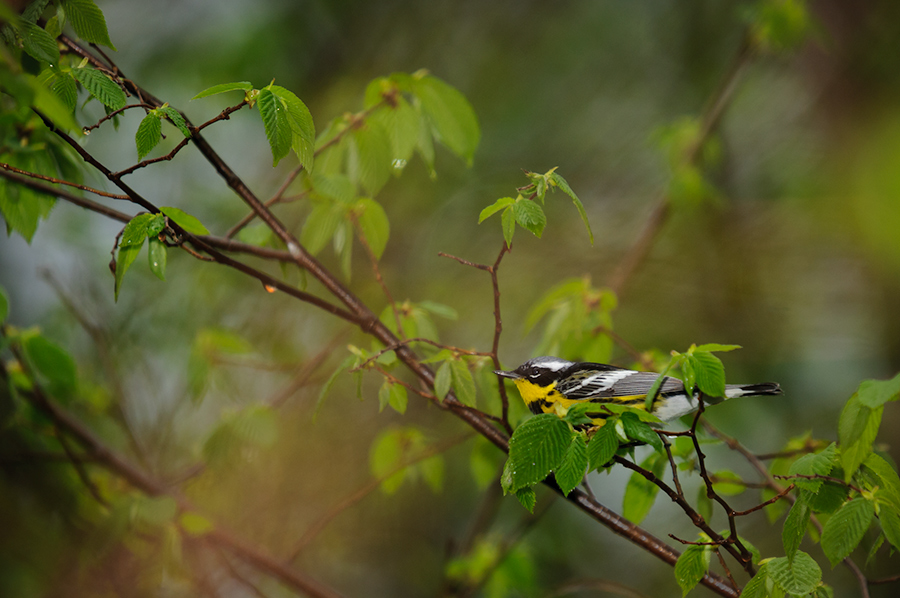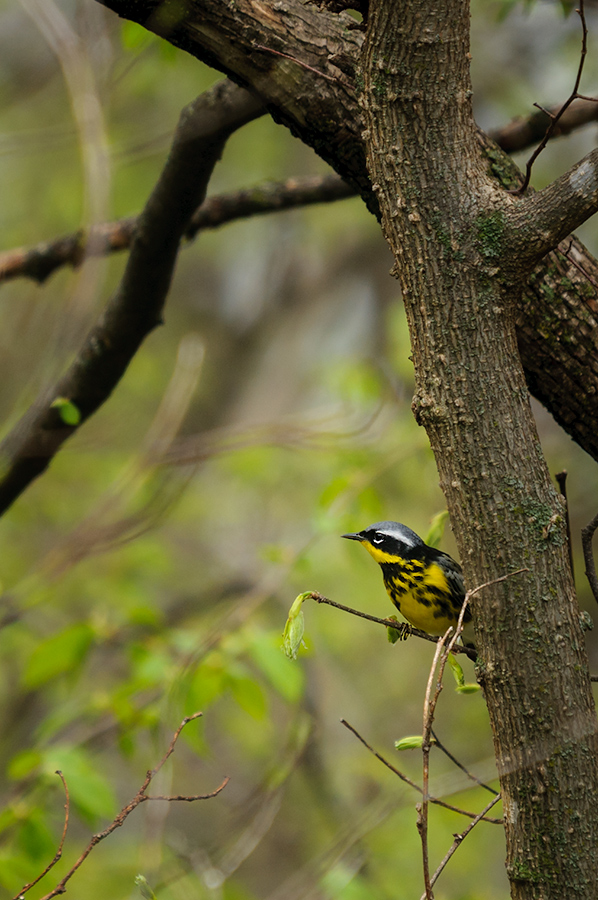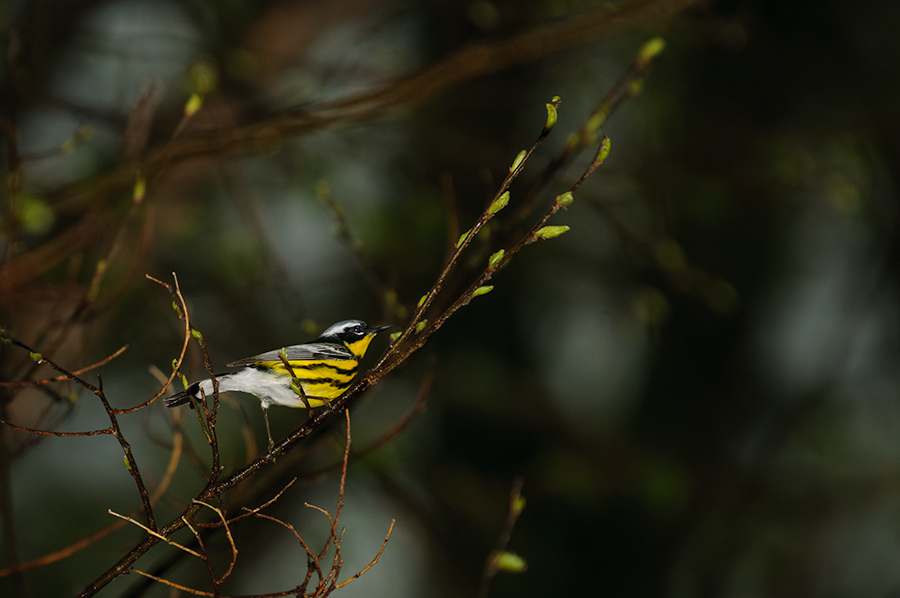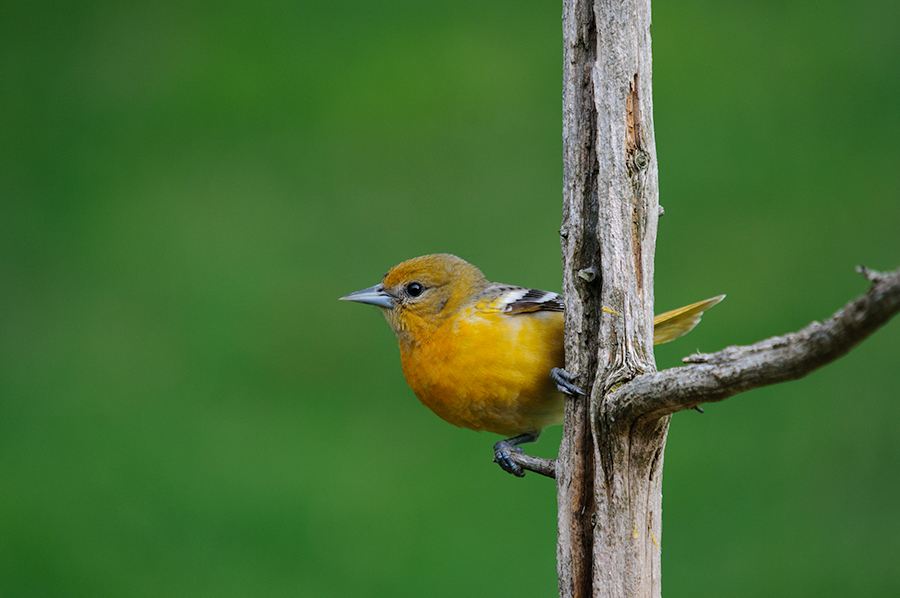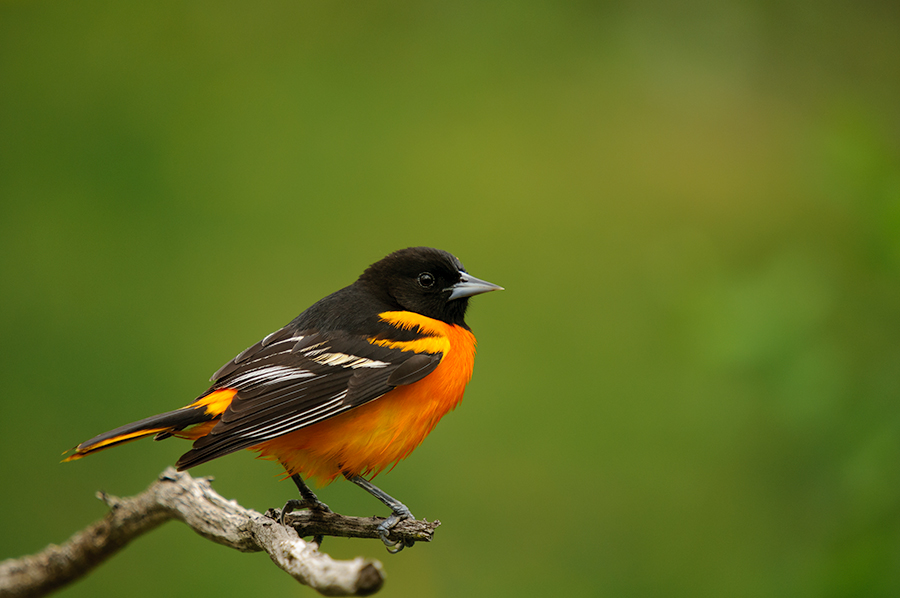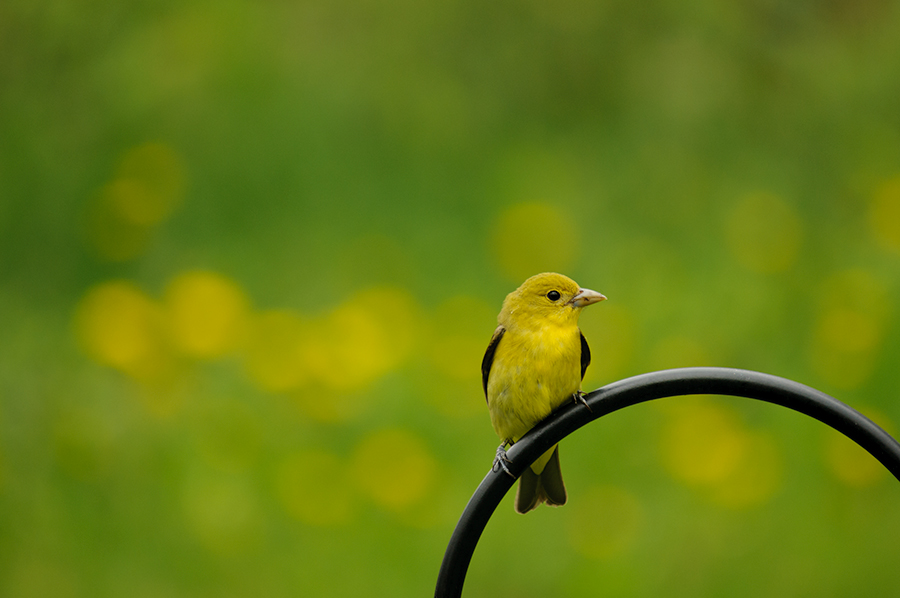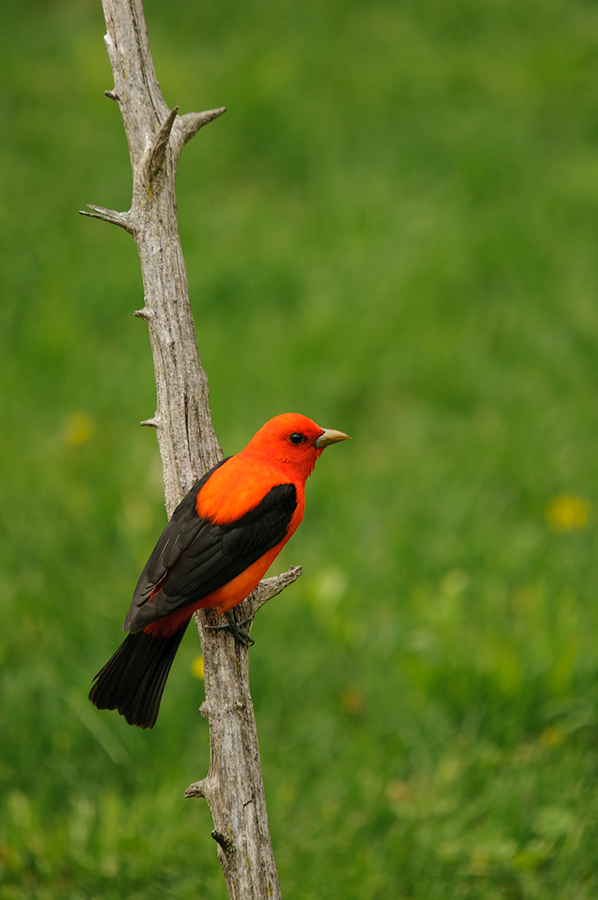
I’m glad and thankful that you came back to my blog even if I have almost nothing posted but photos and stories about warblers recently. It was an exciting week with many sightings during their migration to the breeding grounds up north or just because of their arrival, since some will stay here in Eastern Iowa during the summer.

The Blackpoll Warbler was another first sighting for us. We saw males and females feeding on little insects for three days. The two shots of a male are pretty much what I saw, with just a slight cosmetic crop. The female image is a long stretch. It is not tack sharp and I had to crop a little more because I couldn’t get close enough. My blog is not just a portfolio platform for the best of my photography, it is also about sharing biological facts or giving hints about wildlife locations. This is why you have sometimes to put up with a shot that is not so great, but still tells a story within the story. This is what the photo of the female Blackpoll Warbler is about today…


